All Price(s) mentioned are exclusive of delivery charges, Delivery charges will be confirmed upon order confirmation.
Shop
Grafted Mango Plant
The mango plant in Pakistan is a cherished tropical tree famous for its lush foliage and sweet, juicy fruit. Found throughout the country, particularly in Punjab, Sindh, and Khyber Pakhtunkhwa, it boasts glossy green leaves and fragrant flowers. Mangoes come in various sizes, shapes, and colors, with popular varieties like Sindhri and Chaunsa. Thriving in Pakistan’s warm climate and well-drained soil, mango plants need ample sunlight and regular watering. They play a vital role in agriculture, offering both economic and cultural significance, and delighting taste buds globally.
Caring for mango plants in Pakistan involves providing the right conditions for growth and addressing potential issues that may arise. Here are some key aspects of mango plant care and the benefits of cultivating mangoes in Pakistan:
Mango Plant Care:
- Sunlight: Mango plants thrive in full sunlight. Ensure they receive at least 6-8 hours of direct sunlight daily for optimal growth and fruit production.
- Soil: Plant mangoes in well-draining soil with a pH level between 5.5 and 7.5. Sandy loam or loamy soil rich in organic matter is ideal for mango cultivation.
- Watering: Young mango plants require regular watering to establish root systems. Once established, water deeply but infrequently, allowing the soil to dry out slightly between waterings.
- Fertilization: Fertilize mango plants with a balanced fertilizer during the growing season (spring through summer). Apply fertilizer according to the plant’s age and growth stage, following recommended dosage rates.
- Pruning: Prune mango trees to maintain shape, remove dead or diseased branches, and promote airflow and sunlight penetration. Pruning can also stimulate new growth and improve fruit production.
- Disease and Pest Control: Monitor mango plants for signs of diseases such as anthracnose and pests like mango leafhoppers. Apply appropriate fungicides or insecticides as needed to prevent or treat infestations.
- Protection from Frost: In regions where frost occurs, provide protection to young mango plants by covering them with frost cloth or mulching around the base to insulate roots.
Benefits of Cultivating Mangoes in Pakistan:
- Economic Importance: Mango cultivation is economically significant in Pakistan, contributing to the agricultural sector and providing livelihoods for farmers across the country.
- Export Potential: Pakistan is one of the world’s leading producers of mangoes, with varieties such as Sindhri, Chaunsa, and Anwar Ratol being highly sought after in international markets. Mango exports contribute to foreign exchange earnings for the country.
- Nutritional Value: Mangoes are rich in vitamins, minerals, and antioxidants, making them a nutritious addition to the diet. They are particularly high in vitamin C, vitamin A, and dietary fiber.
- Cultural Significance: Mangoes hold cultural significance in Pakistan, where they are enjoyed fresh, as well as in various culinary preparations such as mango chutney, shakes, and desserts. Mango festivals and celebrations are also common during the mango season.
- Environmental Benefits: Mango orchards provide habitat and food sources for beneficial insects, birds, and other wildlife. Additionally, mango trees help reduce soil erosion and contribute to carbon sequestration.
Overall, mango cultivation in Pakistan offers numerous benefits, both economically and nutritionally, while requiring proper care and management to ensure healthy growth and abundant fruit production.
Only logged in customers who have purchased this product may leave a review.



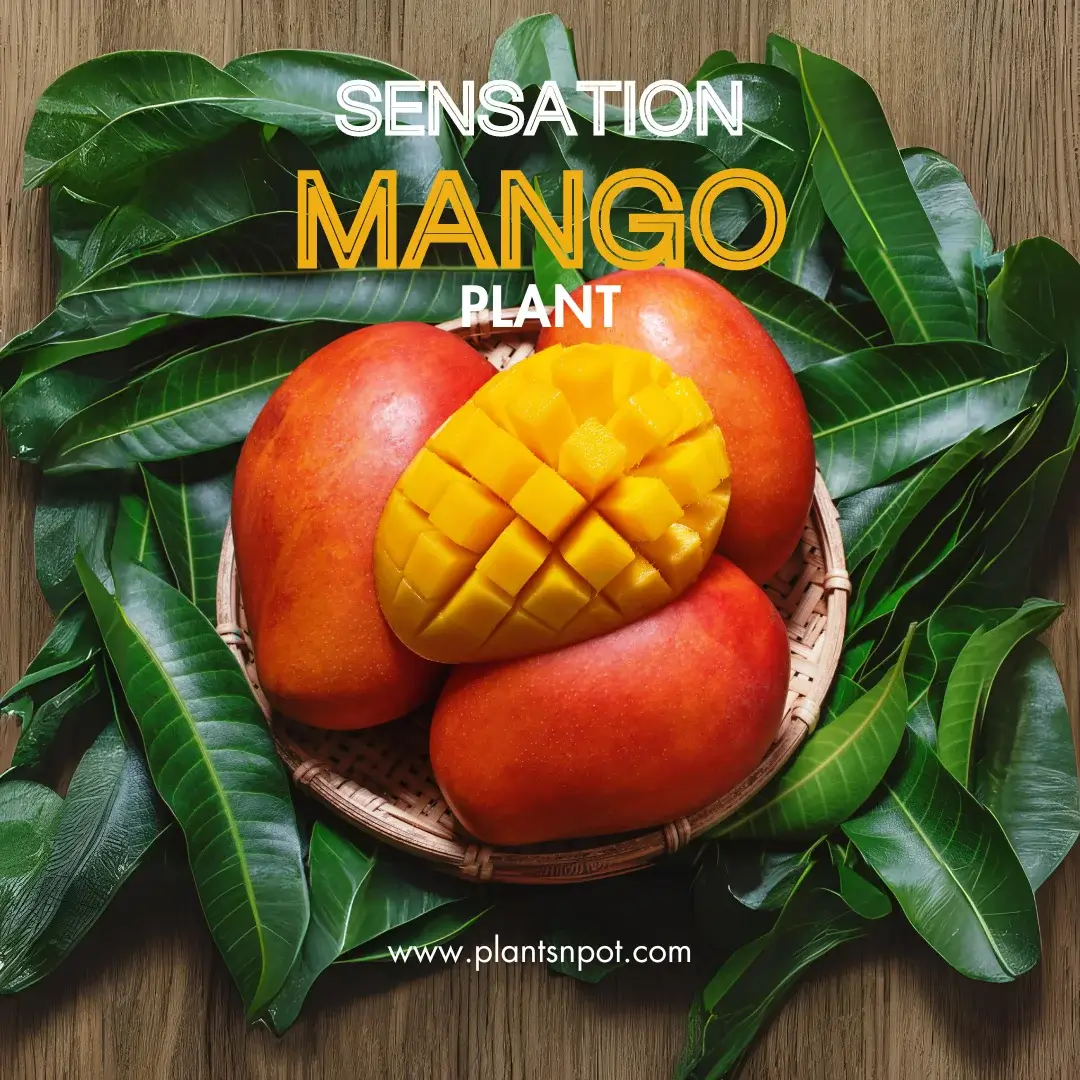
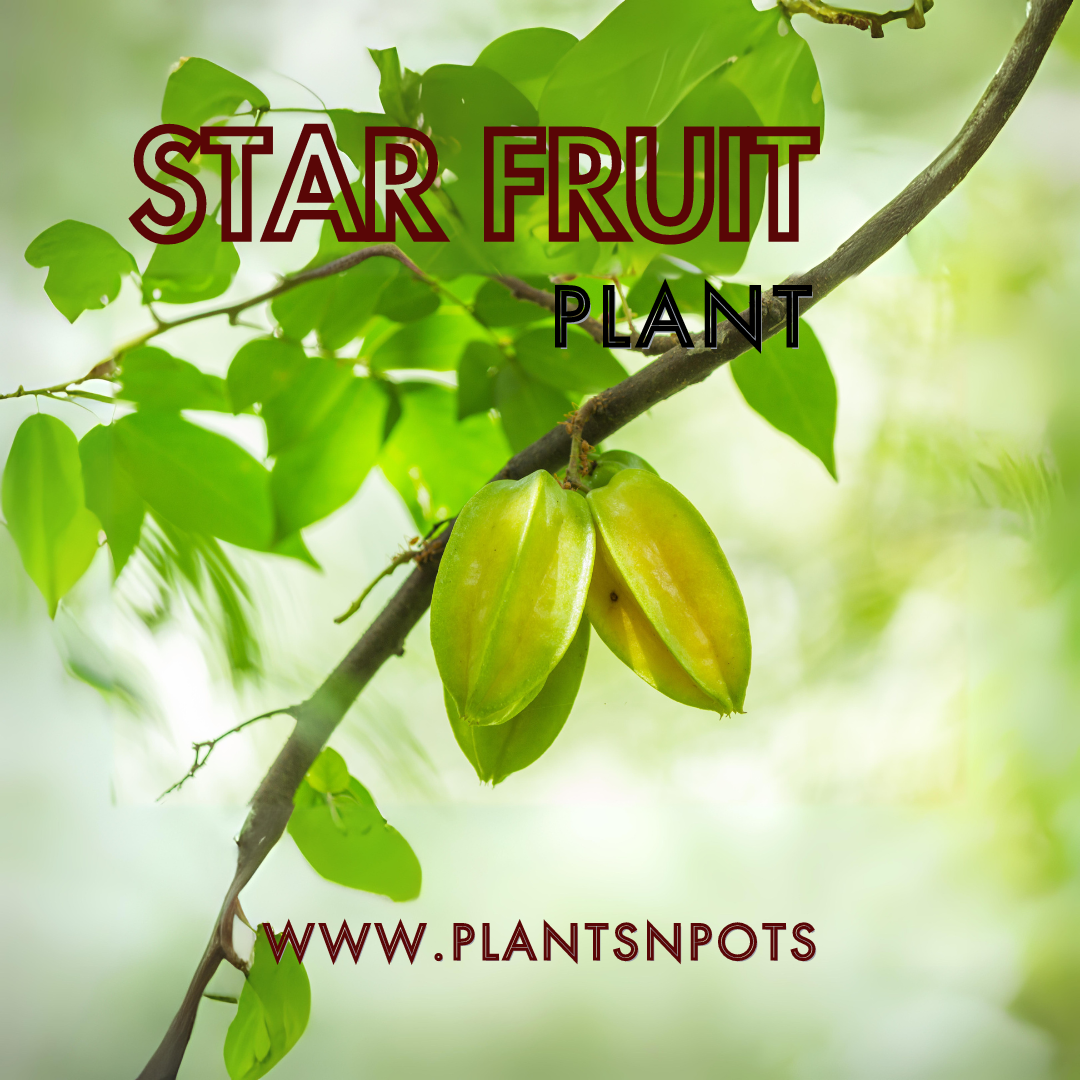

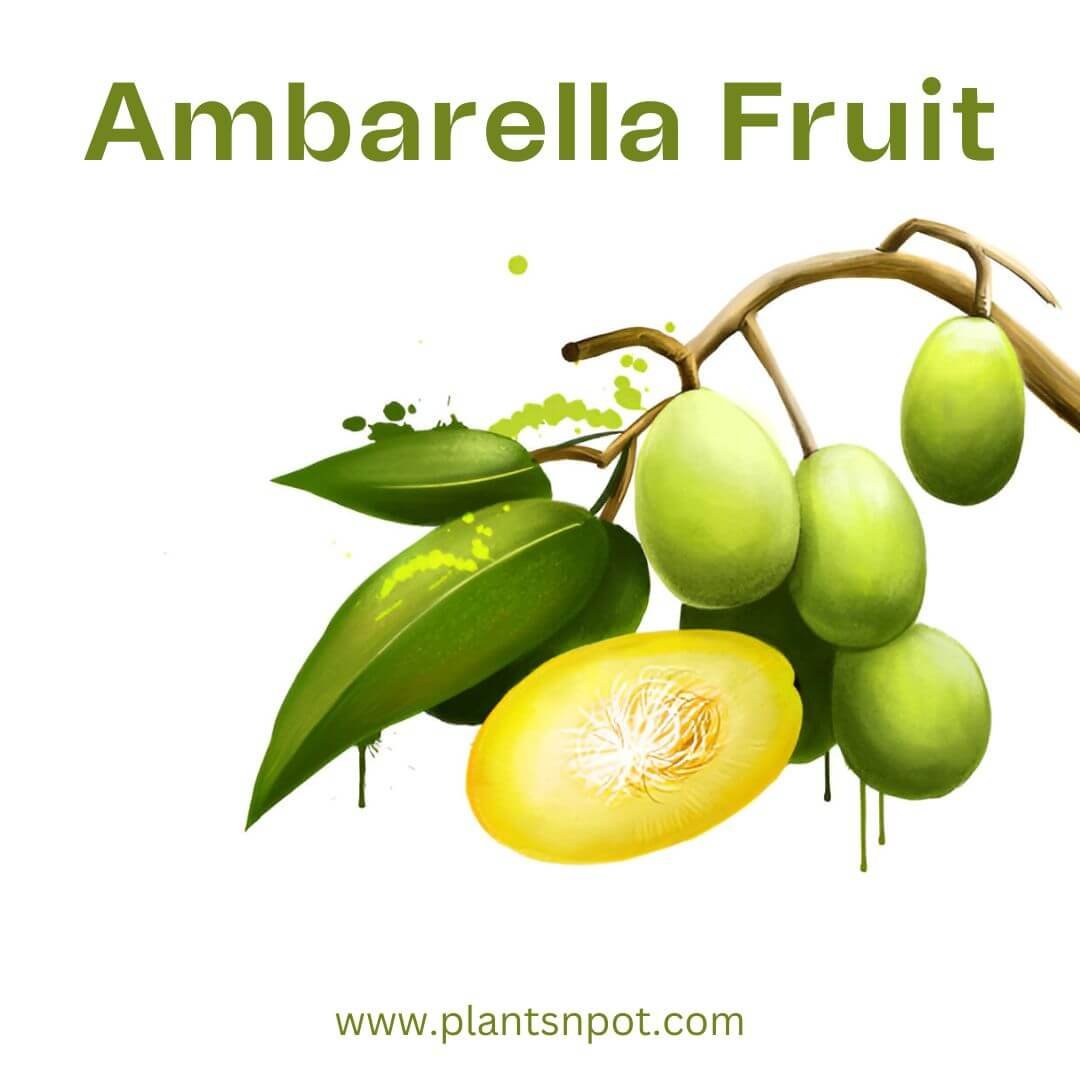
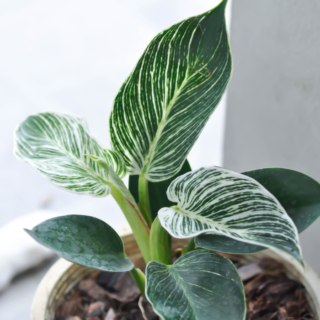
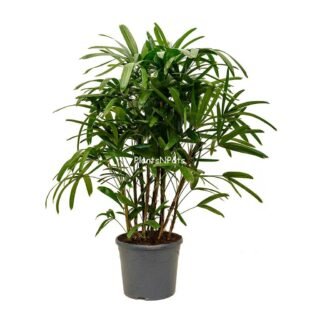









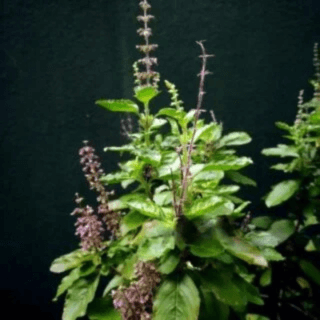

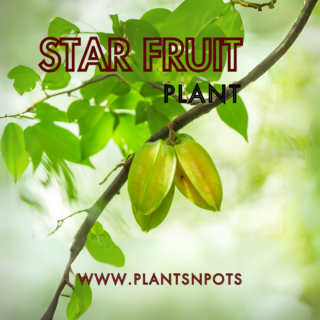
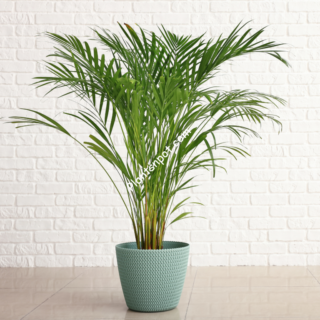


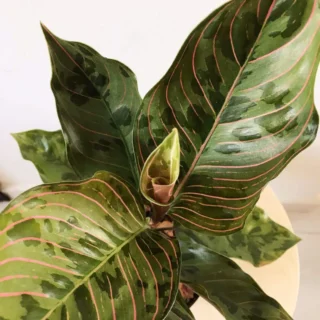
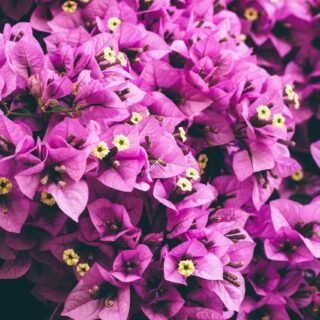

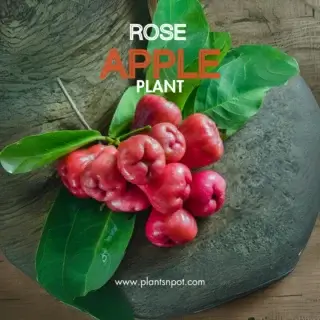
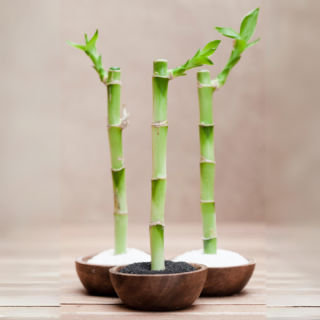


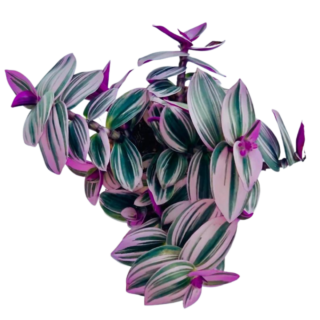





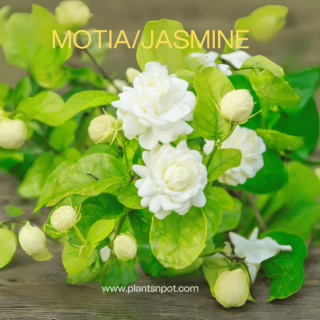

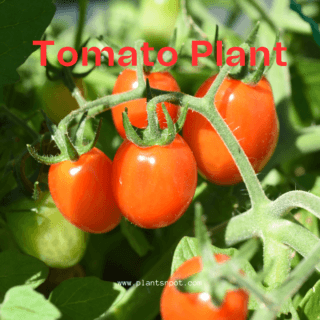












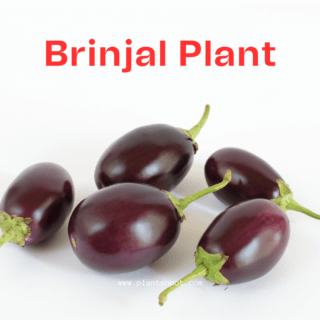






Reviews
There are no reviews yet.